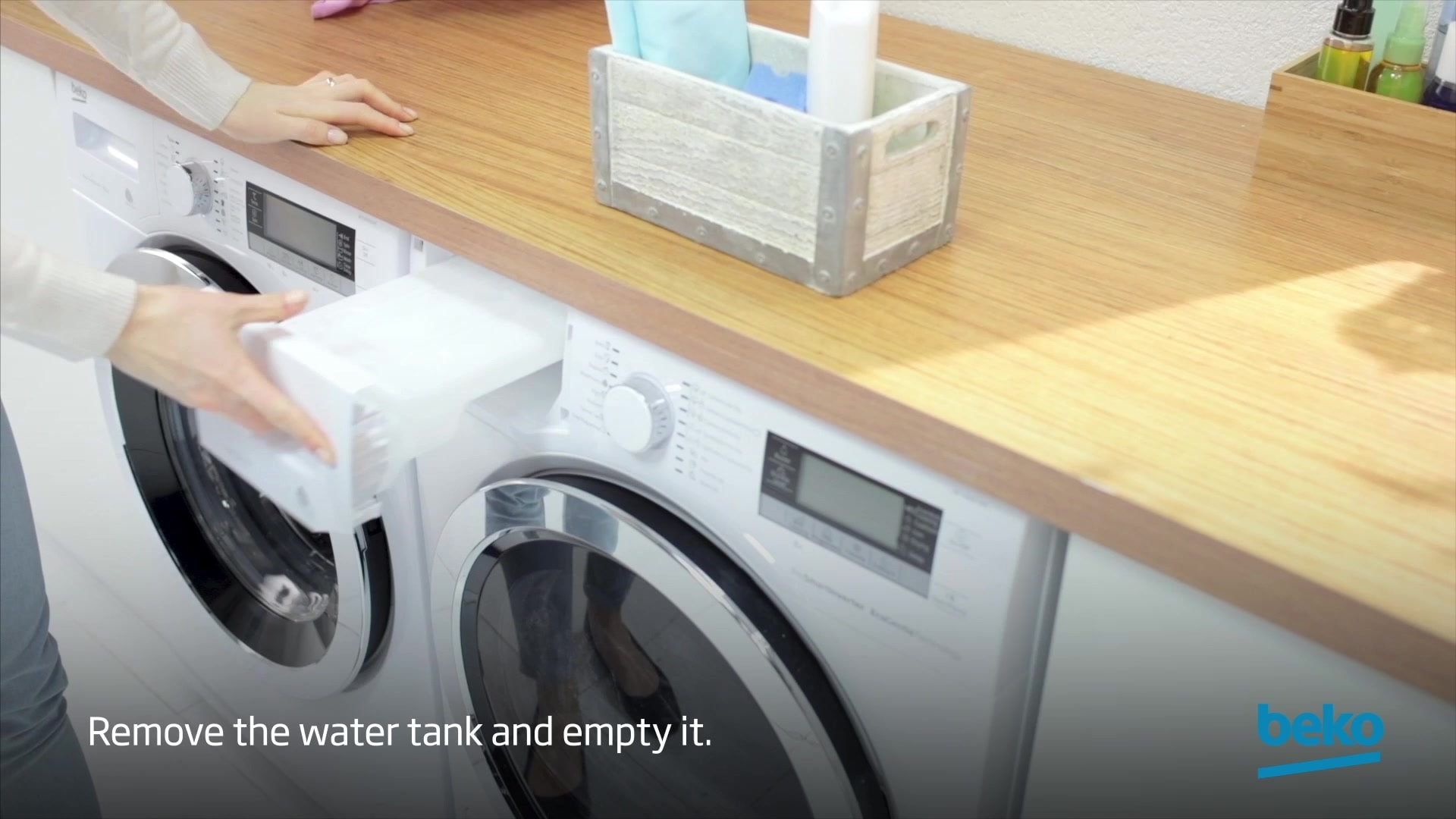Having a dryer in your home can make laundry days that much more bearable. Being able to pop your washing into the dryer, set and forget. Saving yourself from worrying about the weather or cluttering up your home with drying racks. However, when choosing the right dryer for your home, you will inevitably come across three main types: vented dryers, condenser dryers and heat pump dryers.
A vented dryer expels hot air through an external vent, whereas heat pump and condenser dryers do not need access to a vent. When purchasing a vented tumble dryer, you must make sure that there is a suitable location in your house for the appliance. The vented dryer needs to be installed near an external vent fitted into an external wall, allowing the damp air to escape outside. If you do not have a suitable place for a vented dryer, you will be tossing up between a heat pump and a condenser dryer.
Keep reading to find out the differences between a condenser versus a heat pump dryer
The main differences between these appliances centre on the way each model extracts hot air. While condenser dryers convert hot air into water, heat pump dryers conserve and reuse hot air, keeping energy consumption to a minimum.
What is a condenser tumble dryer?
Consider our range of condenser models if you need a tumble dryer that dries your laundry slightly quicker. Similarly, to heat pump dryers, condenser dryers do not need an externally vented hose, meaning you will be able to install your appliance anywhere in your home. However, a condenser dryer does need a constant supply of cool air to function. When installing your appliance, make sure you place the dryer in a well-ventilated room, where warm air can easily escape.
A condenser tumble dryer uses a heat exchanger to condense hot air into water. It uses high temperatures to dry your clothes, reaching a maximum temperature of 70-75 °C. In comparison, the maximum temperature reached in a heat pump dryer is 50 °C. Although the drying times for cycles in condenser tumble dryers are shorter than cycles in heat pump dryers, the high temperature combined with hot air expulsion means the appliance uses significantly more energy.
Beko's 7kg condenser tumble dryer uses wave-like drum action for gentler drying. It is equipped with OptiSense drying technology to stop the dryer automatically once the laundry is dry to prevent over-drying. With this dryer, you can connect the hose to the washtub, so that the tank doesn't need to be emptied, or manually empty the condensed water once it is full.
What is a heat pump tumble dryer?
A heat pump dryer uses a closed-loop heat exchange system, heat pump tumble dryer dries clothes at a lower temperature, providing better protection for your laundry. Although drying times are slightly longer when compared to condenser tumble dryers, heat pump tumble dryers offer great energy savings, keeping your utility bills to a minimum. A heat pump tumble dryer uses hot air to absorb moisture from your clothes. After this air passes through the drum, it goes through the evaporator, which removes the moisture. This is then collected and stored in a tank. The remaining air is reheated and used to continue drying your clothes. While both condenser and vented tumble dryers release the hot air used to dry clothes, heat pump technology reuses it.
A selection of our heat pump tumble dryers features our RapiDry™ technology, which greatly reduces your dryer’s cycle duration; without compromising the appliances energy rating. So, you can achieve perfectly dry clothes in less time. Beko's heat pump clothes dryers are environmentally friendly using an R290 refrigerant. They also provide a hygienic drying cycle perfect for eliminating dust mites and pollen.
Heat pump versus condenser dryer – Which is better?
Now, this is a common question asked when looking for your ideal clothes dryer. Both dryers are designed to dry clothing efficiently. However, the main difference between the two is how they generate heat to do the job. A condenser, which is what a large portion of customers are used to, uses a heater element to generate heat, which dries clothing. When compared to a heat pump dryer, a condenser dryer can be less energy efficient but can have a lower purchase price. A heat pump dryer is more eco-friendly but is often at a higher price point.
Browse our range of heat pump and condenser dryers. Or, if you are looking for more information, read our tumble dryer buying guide to find all the information you need on capacity, sizes, energy ratings and more.




